August 25, 2022 at 9:43 am
Currently, one third of U.S. fish and wildlife species face an increased risk of extinction, and in Maine, there are 378 Species of Greatest Conservation Need (SGCN) that require conservation actions to monitor, sustain, and recover their populations. Recovering America’s Wildlife Act is an opportunity to protect and enhance these at-risk species as well as other fish and wildlife in Maine and the United States for future generations.
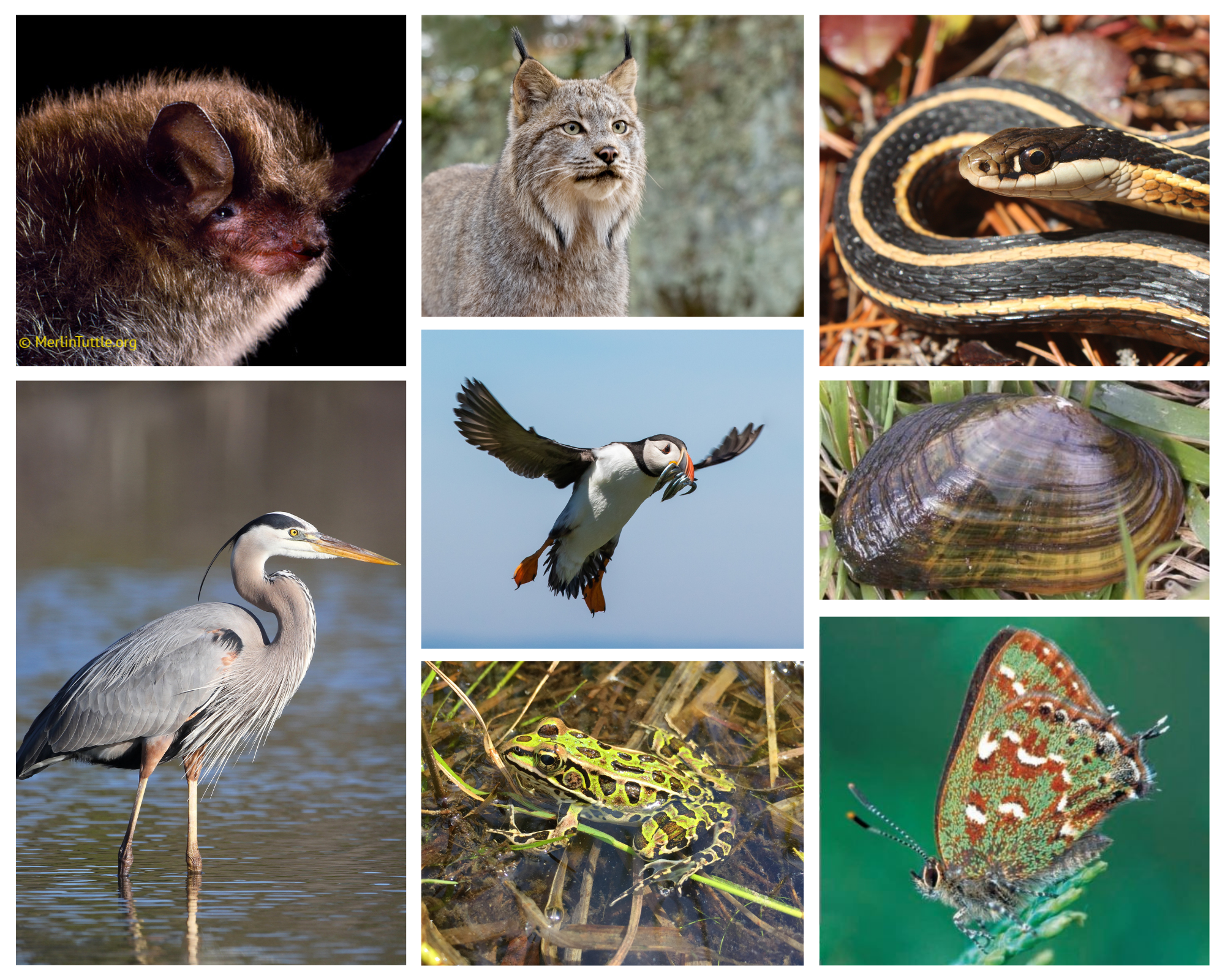
After years of preparation and coalition building, Recovering America’s Wildlife Act was voted on in the U.S. House of Representatives this summer, passing with strong bipartisan support, and is now advancing to the Senate floor for a vote in September! We need your help to spread the word, build a buzz, and garner support for the passage of this historic bill!
When (with your help!) RAWA passes, Maine will finally have adequate resources to implement critical conservation actions to help recover species of conservation concern and help to prevent the decline and listing of species. Through targeted surveys, applied research, habitat protection, and other on-the-ground management efforts, species as diverse as moose, monarchs, marsh birds, and much more will be preserved as valued members of our state’s natural heritage.
Please lend your support for Maine’s wildlife NOW by contacting the offices of Senator Susan Collins at 202-224-2523, and Senator Angus King at 202-224-5344, expressing your support for RAWA and asking that they make it a priority that the bill receives floor time in the Senate chambers this September!
Some examples of Maine’s at-risk species and habitats that would receive direct support from RAWA:
- Native populations of Arctic charr (SGCN Priority 1) now reside only in Maine waters within the continental U.S. MDIFW fisheries staff have intensively conserved and managed waters for charr, earning a prestigious national award for their efforts, but more work is needed to ensure preservation of the species.
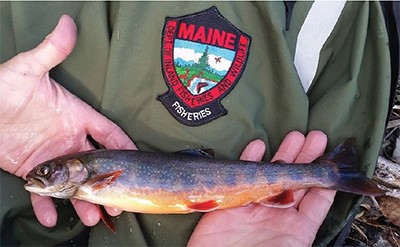
- Brook trout (SGCN Priority 3), are a “Maine Heritage Fish.” Although occurring statewide, their range is retracting due to multiple stressors including interactions with non-native species, land use conversion, fish passage constraints, and climate change.
- Inland waterfowl and wading bird habitat (IWWH) are Significant Wildlife Habitats under the Natural Resources Protection Act (NRPA). IWWH supports numerous species of concern such as black terns, least bitterns, common gallinules, American coots, sedge wrens, and more. RAWA funds will help MDIFW and partners create more focused and intensive monitoring and research for both these species and their habitat.
- Maine hosts some of the most ecologically intact wood turtle (SGCN Priority 1) populations. RAWA funds will help MDIFW and partners conserve this species by providing best management practices and technical assistance to foresters, farmers, and other working landowners
- The Atlantic puffin (SGCN Priority 2) is one of three species of seabirds that nest only in Maine within the continental U.S. Biologists have reintroduced puffins on protected islands, but climate change in the rapidly warming Gulf of Maine threatens to reduce their food supply.
- Eastern moose (SGCN Priority 3) approach the southern edge of their range in Maine where populations are threatened by warmer winters and an increase in disease and parasites. RAWA funds would enable intensive population monitoring and targeted management interventions.
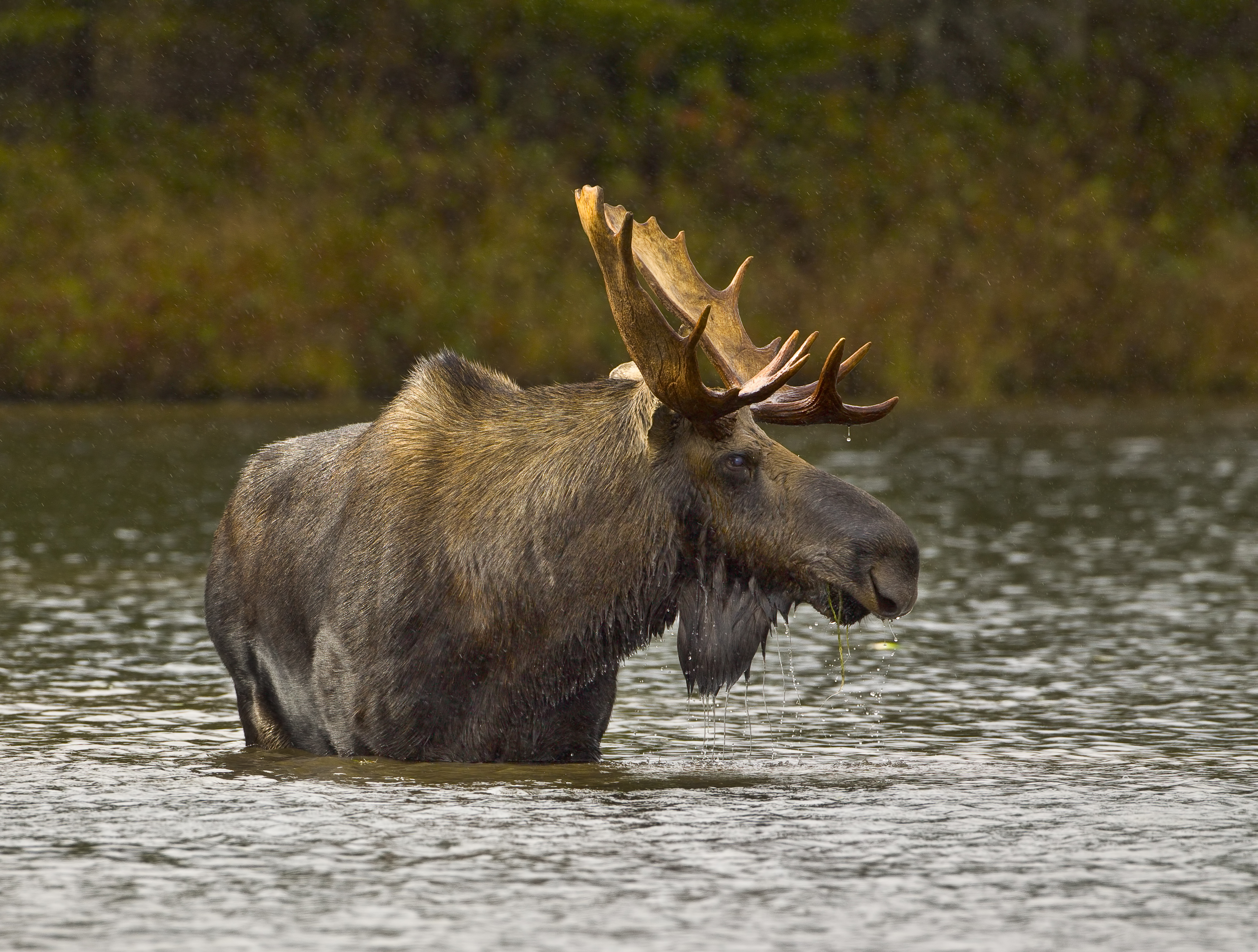
- Northern spring salamander (SGCN Priority 2), one of Maine’s largest and rarest amphibians, is a specialist of cold, headwater streams in the state’s western mountain region. With resources provided by RAWA, biologists could complete a comprehensive survey and delineation of stream habitat for this vulnerable species.
- Semipalmated sandpipers (SGCN Priority 2) & 13 other SGCN shorebirds stage along the Maine coast in annual, long distance migrations from the Arctic to South America. With the support of RAWA, biologists can better monitor their populations and identify critical coastal stop-over habitat for protection.
- Bats (E/T/SCGN) are an essential part of the ecosystem, and as an order, perhaps face the most unified set of conservation threats. Our lack of knowledge about the habits of bats in Maine poses a threat without targeted conservation actions. RAWA would provide funding necessary to conduct research and monitoring to develop baseline presence/absence data, monitoring and identifying new hibernacula, and furthering our understanding of habitat selection.
- Golden eagles (SGCN Priority 2) are present in Maine throughout the year; however, little is known about their year-round abundance, distribution, and movement patterns. Understanding the use of key areas and habitats would inform the placement of wind facilities as well as help create awareness of the threat associated with fragments of lead ammunition in carcasses these raptors forage upon.
Ecosystems that would benefit from RAWA:
- High elevation ecosystems such as Mount Katahdin and other high peaks support some of Maine’s most unique and isolated wildlife by providing “sky island” habitat for the Katahdin arctic (an endemic butterfly), Bicknell’s thrush, and Northern bog lemming. RAWA could help biologists coordinate across Maine’s international border to plan for and possibly facilitate successful range shifts in their populations for species that are threatened by climate change.
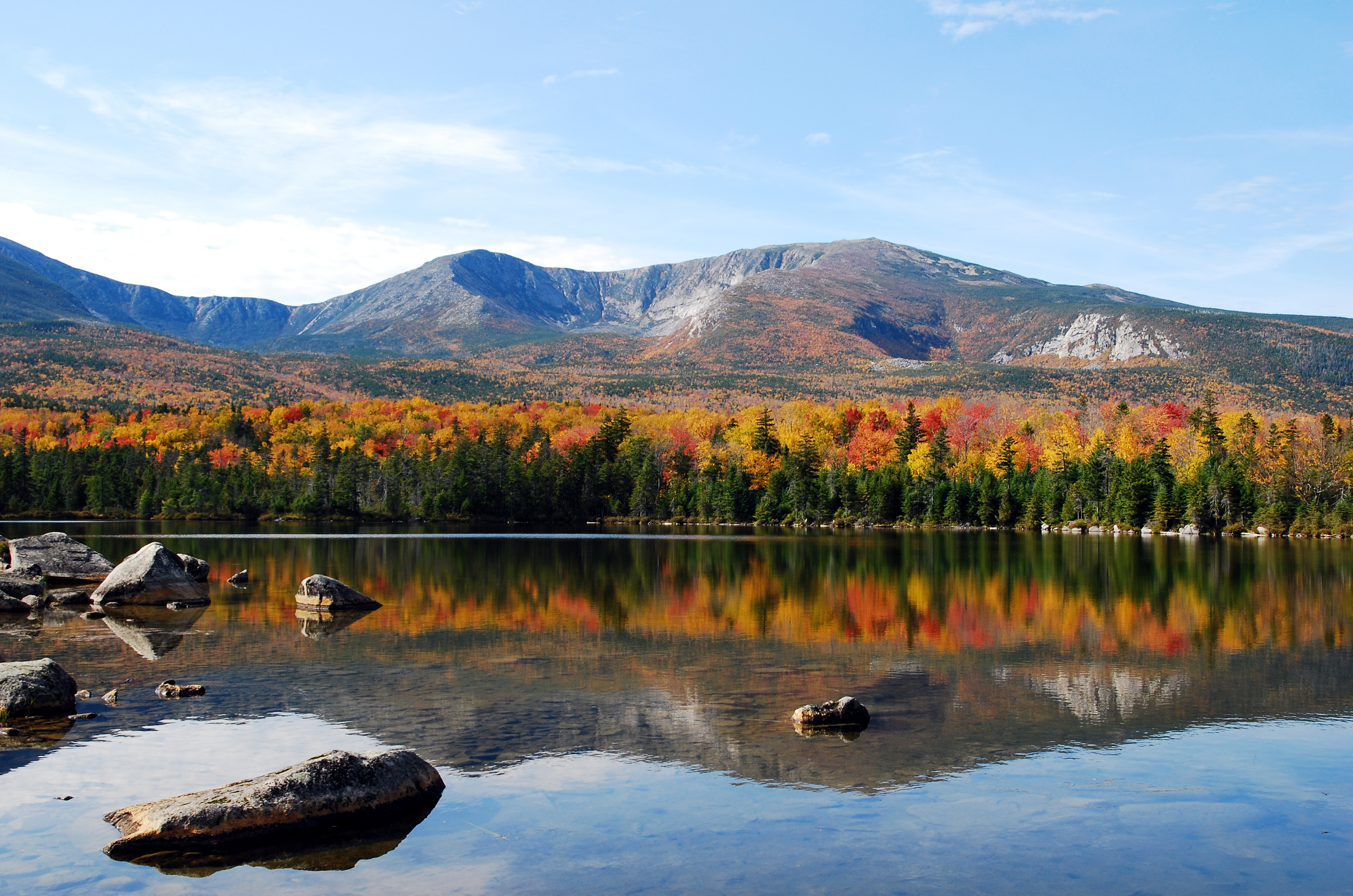
- Recent significant declines in the monarch butterfly (SGCN 3) and rusty patched bumble bee (SGCN Priority 1) are of concern both for the loss of these attractive insects and for what it portends for Maine’s orchards, gardens and wildflowers that require healthy populations of native pollinators. Citizen science efforts that help monitor Maine’s valuable insect fauna , such as the Maine Butterfly and Bumble Bee Atlas projects, can be expanded with the help of RAWA resources.
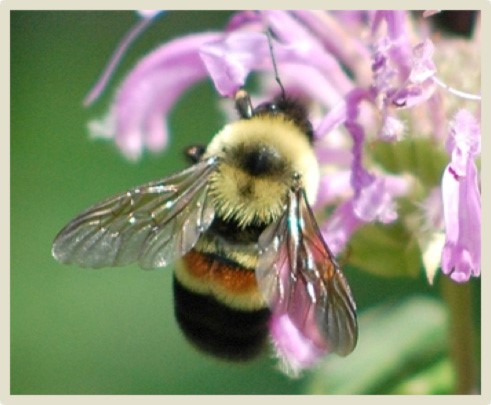
- Vernal Pools are small, seasonal wetlands that provide essential breeding habitat for several at-risk amphibians, reptiles, and aquatic invertebrates -- species that in turn help fuel Maine’s upland forest food chain. With the support of RAWA, biologists will continue to make strides in educating the public about best practices for protecting this vulnerable habitat.
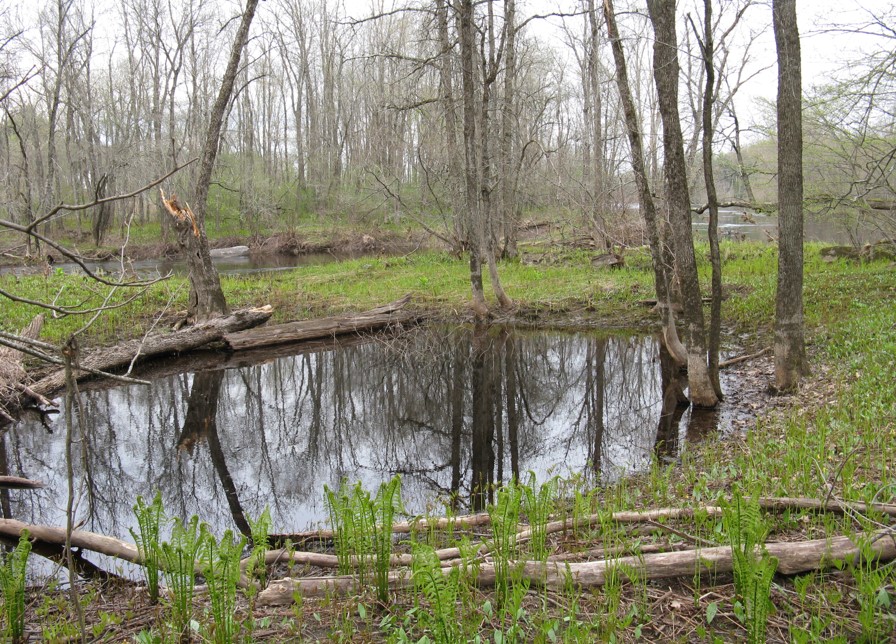
- Maine’s working agricultural lands not only provide important economic services, but also crucial habitat for grassland, shrubland, and young forest dwelling species such as the Eastern meadowlark, bobolink, New England cottontail, American woodcock, black racers, among others. RAWA could help provide economic incentives to willing landowners to continue to be good stewards of these managed habitats, as well as fund additional research and management of these species which are undergoing long-term population declines due to habitat loss.
- Maine’s saltmarshes and other low-lying coastal ecosystems host numerous at-risk species. Under the looming threat of sea level rise, RAWA would enable biologists and municipalities to plan for saltmarsh migration into adjacent uplands, thus preserving habitat for specialized species such as the saltmarsh sparrow (SGCN Priority 1) and saltmarsh tiger beetle (SGCN Priority 2).